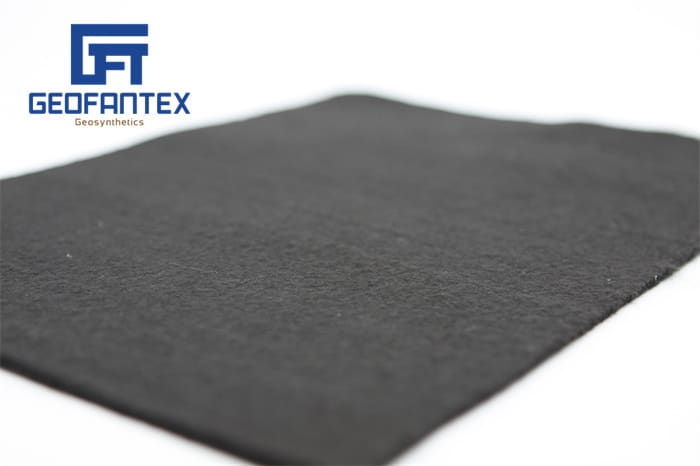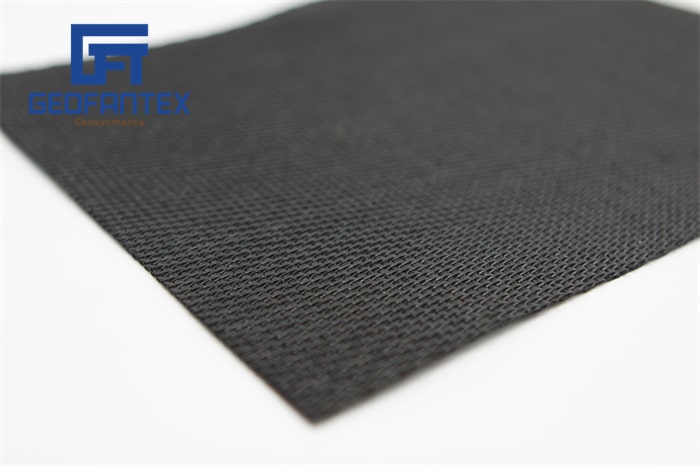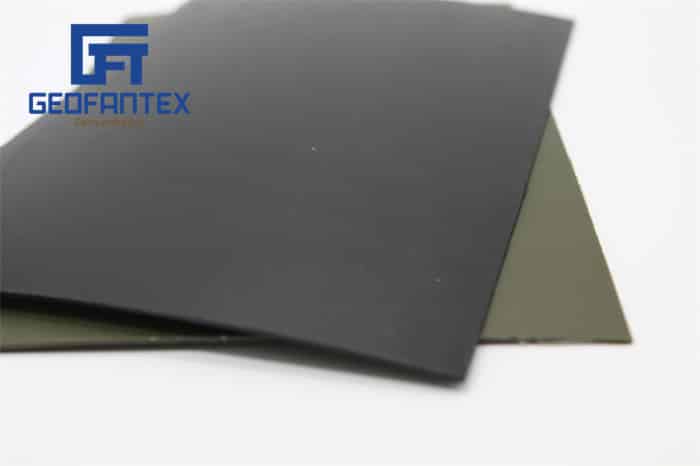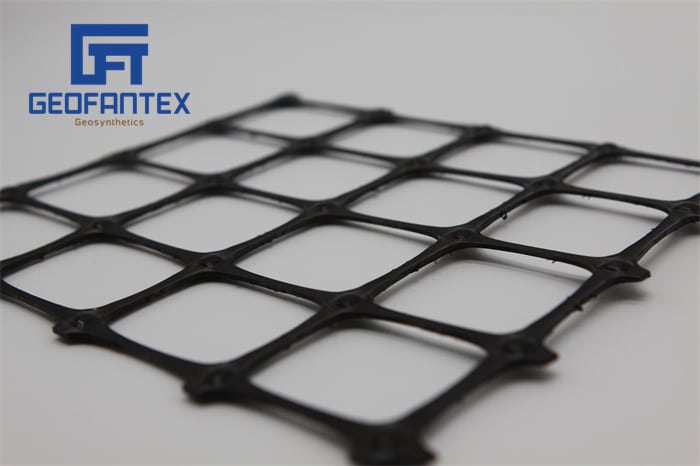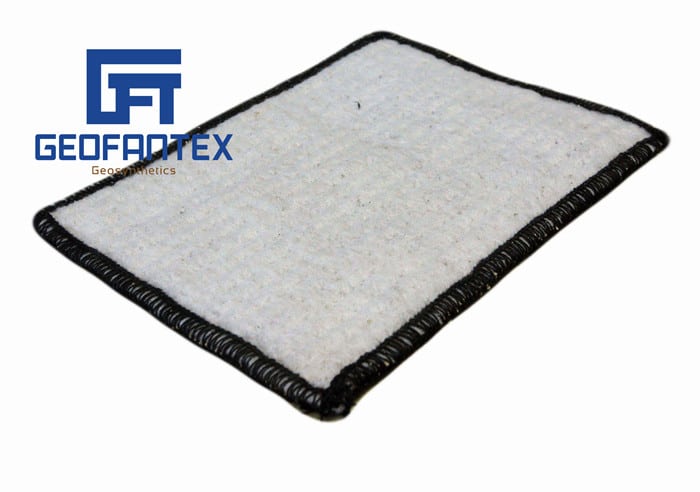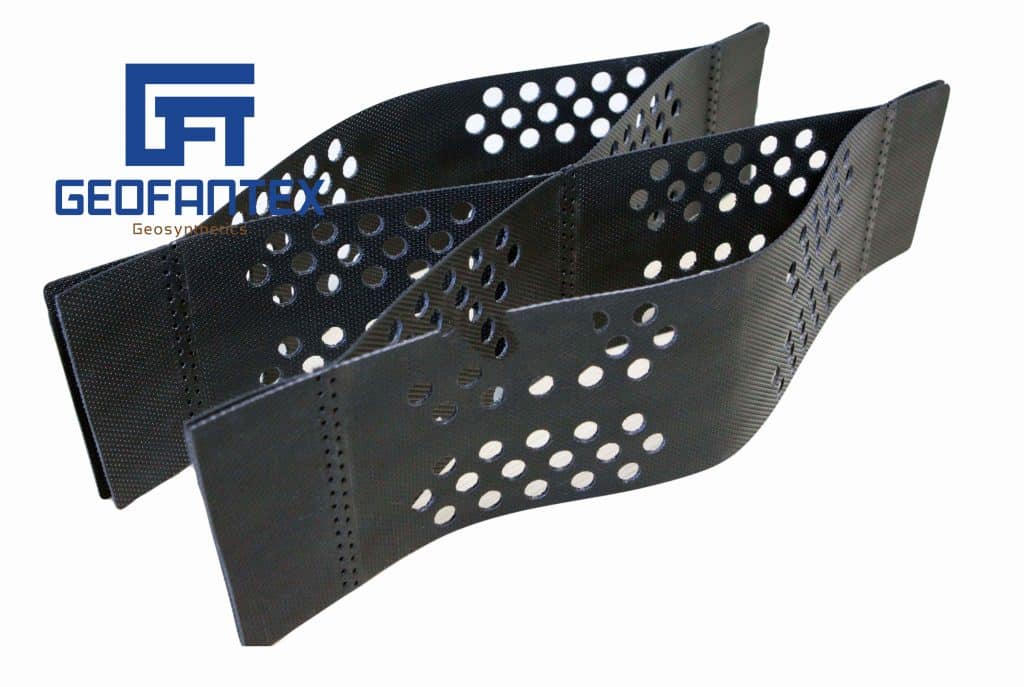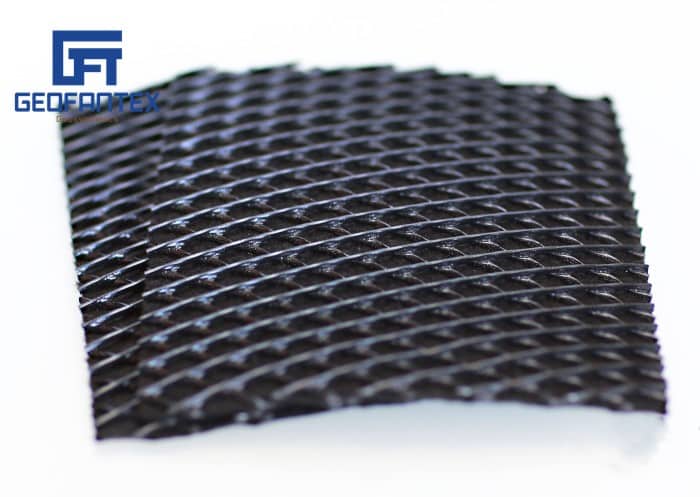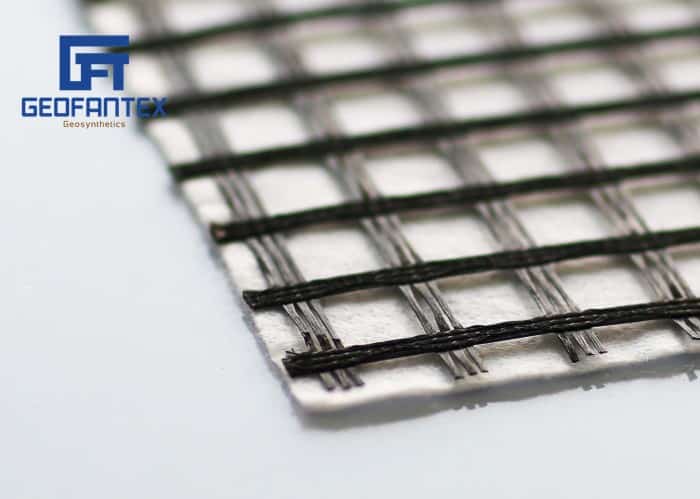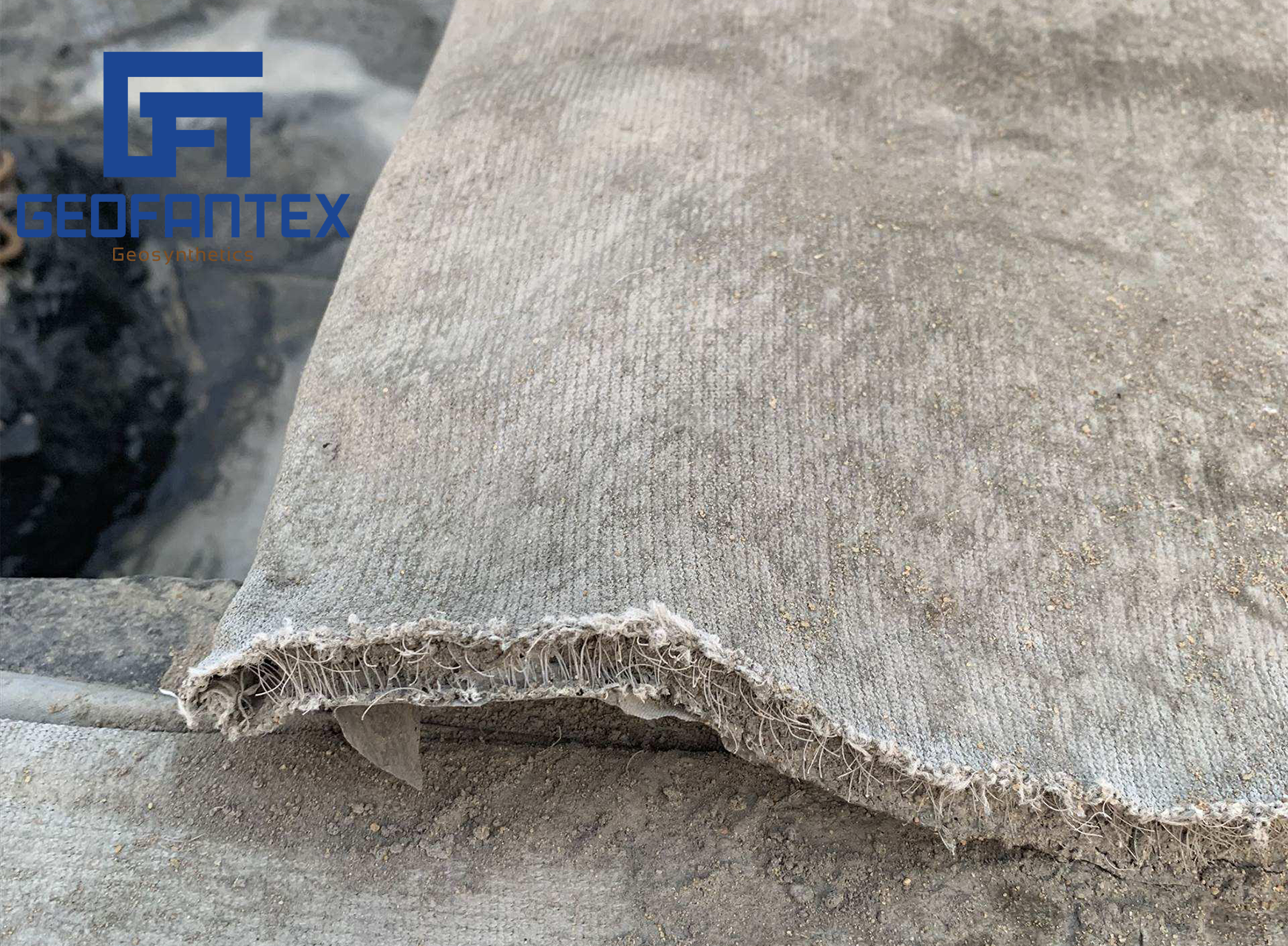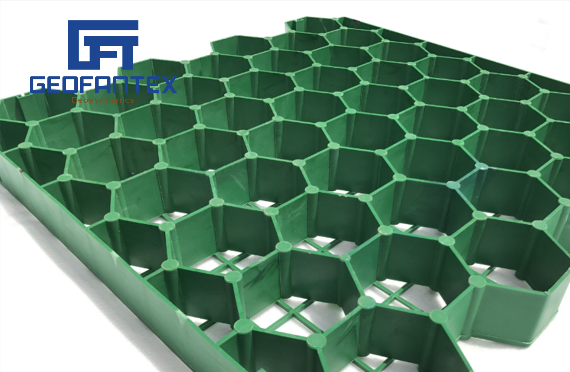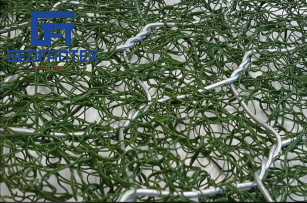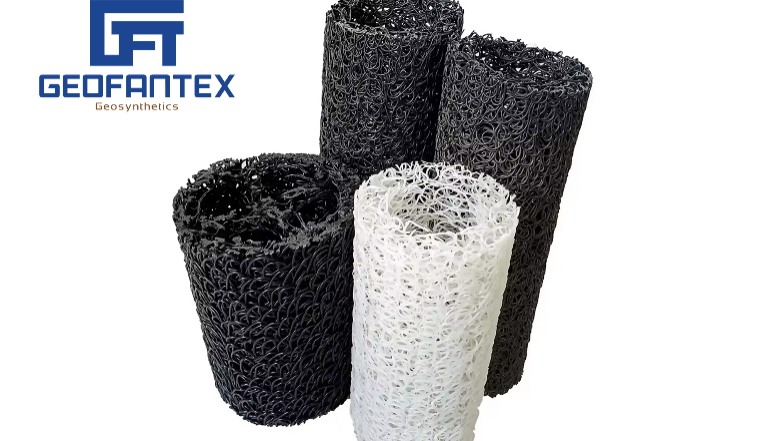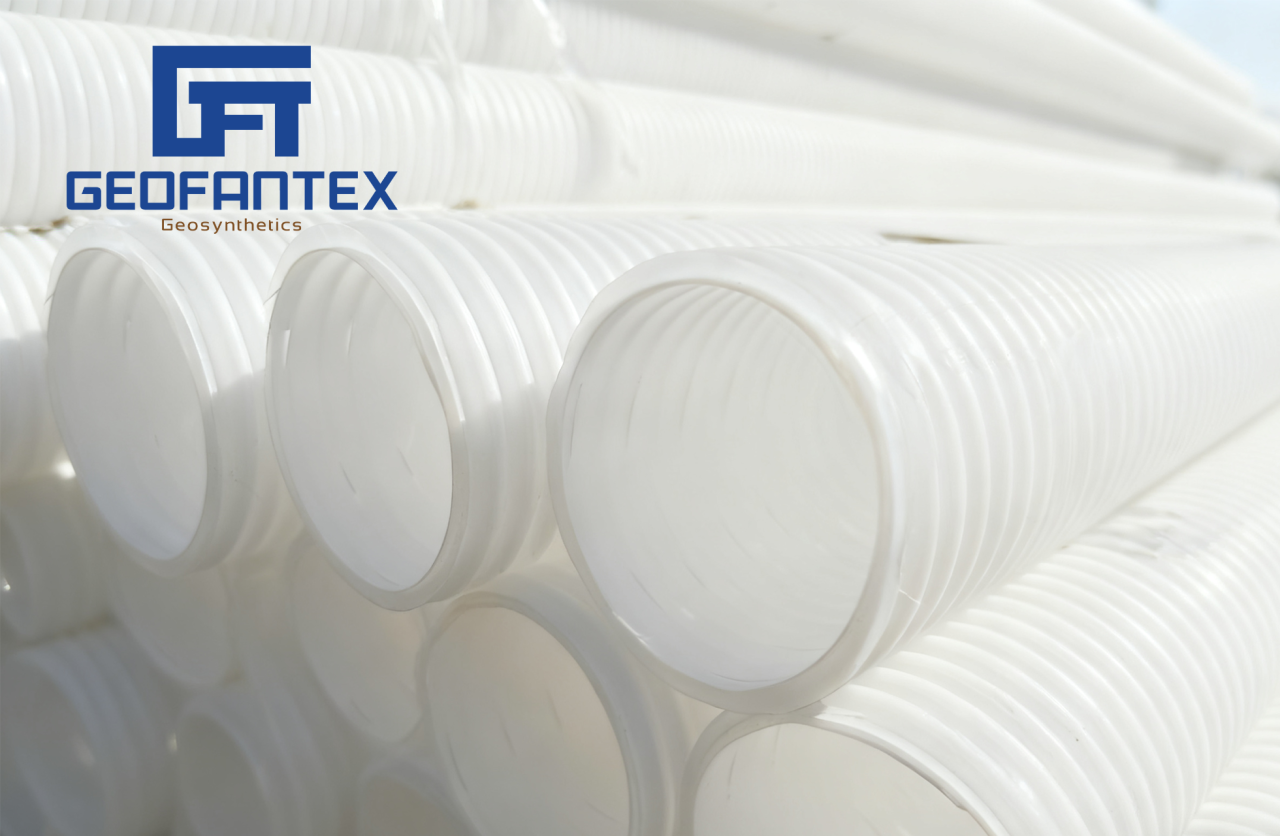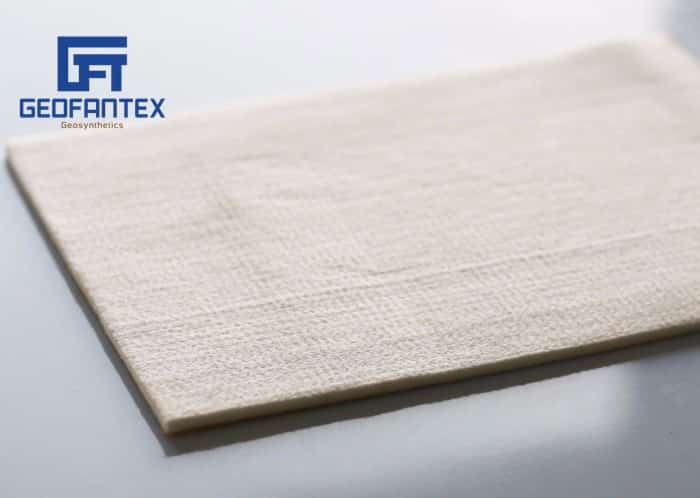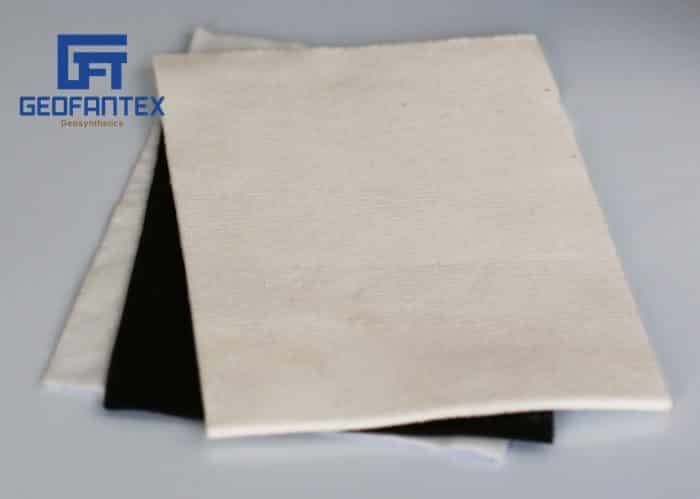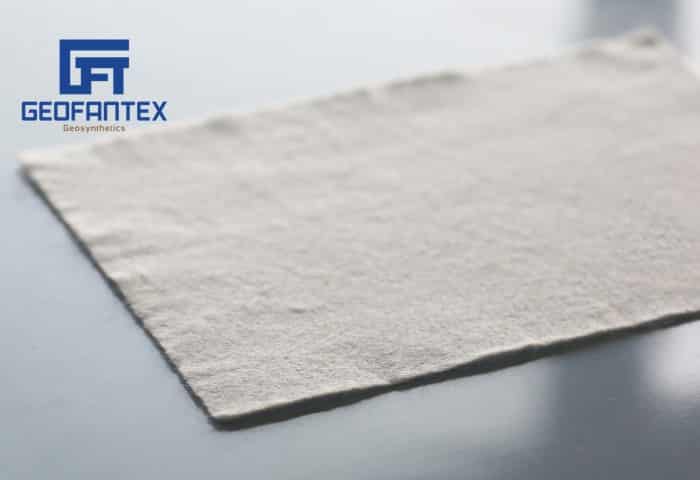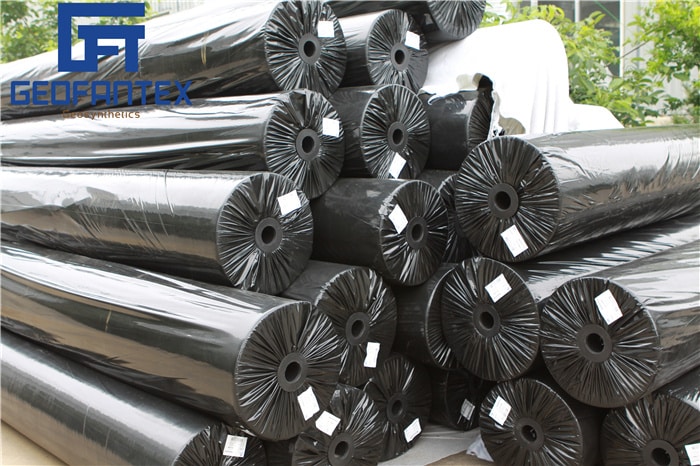+86-159 9860 6917
info@geofantex.com
geofantex@gmail.com
+86-400-8266163-44899
When it comes to high-performance lining systems, a polypropylene geomembrane stands out as a reliable solution across various geosynthetic applications.
What makes polypropylene geomembranes different from other geomembrane types?
Polypropylene geomembranes are known for their superior chemical resistance and long-term durability compared to alternatives like HDPE or PVC. Their flexibility, especially at low temperatures, makes them ideal for projects exposed to variable climates. In geosynthetic engineering, this material is especially valued in applications such as containment ponds, wastewater treatment plants, and landfill liners, where resistance to aggressive chemicals is critical.
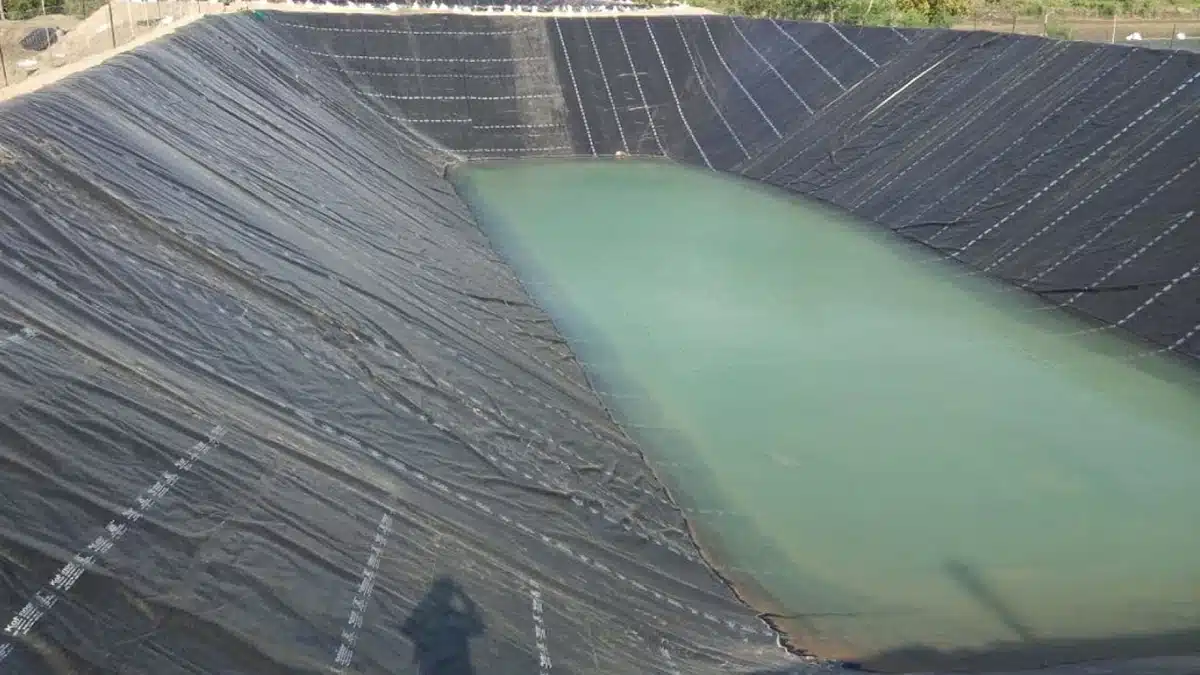
Are polypropylene geomembranes safe for environmental applications?
Yes, polypropylene geomembrane products are considered environmentally safe. They are often used in potable water containment and sensitive ecological zones. Their inert composition minimizes leaching and contamination risks, making them compliant with strict environmental standards. Their longevity also reduces the need for frequent replacements, supporting sustainable infrastructure development.
How do you install a polypropylene geomembrane effectively?
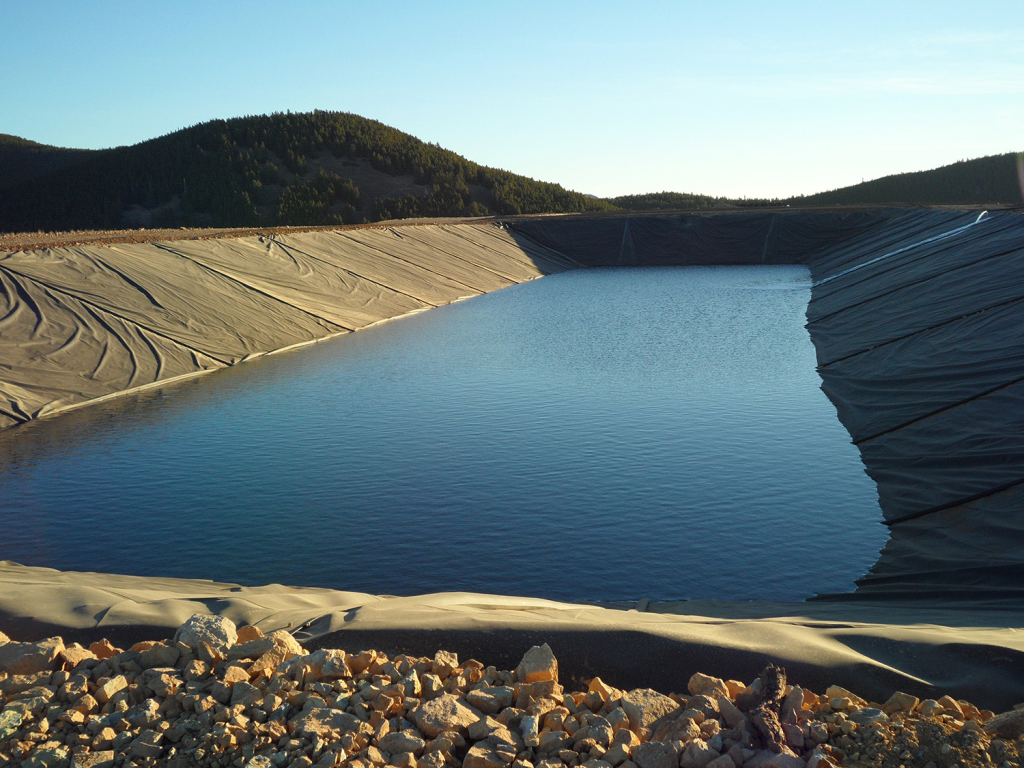
Successful installation of polypropylene geomembranes depends on surface preparation, panel layout planning, and skilled seaming techniques. Since the material is more flexible than some other geomembranes, it conforms easily to irregular surfaces, reducing stress points. However, proper welding and onsite quality assurance—
Like air channel testing, they are crucial to ensure leak-proof performance.
What common problems can a polypropylene geomembrane solve?
These geomembranes are effective in solving issues related to liquid containment, chemical seepage, and soil erosion. In mining and industrial waste applications, they act as a durable barrier, preventing hazardous material migration. Their ability to resist UV degradation also makes them suitable for exposed applications, eliminating the need for costly cover materials.
If you’re seeking a versatile, long-lasting barrier for your geotechnical or environmental project, polypropylene geomembrane solutions offer proven performance backed by geosynthetic innovation.
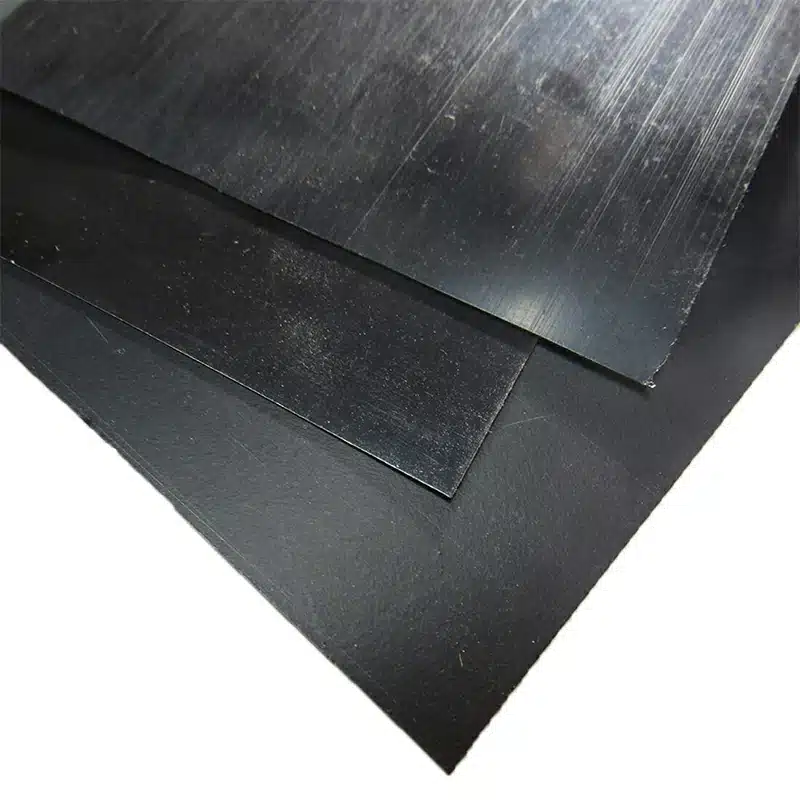

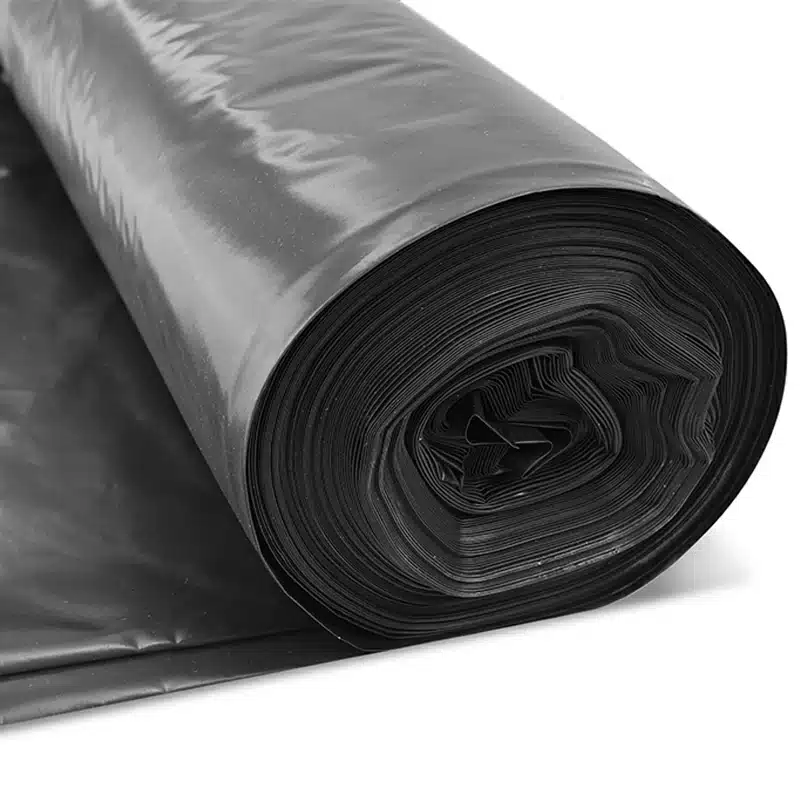
Get Free Sample
We’ll respond as soon as possible(within 12 hours)

